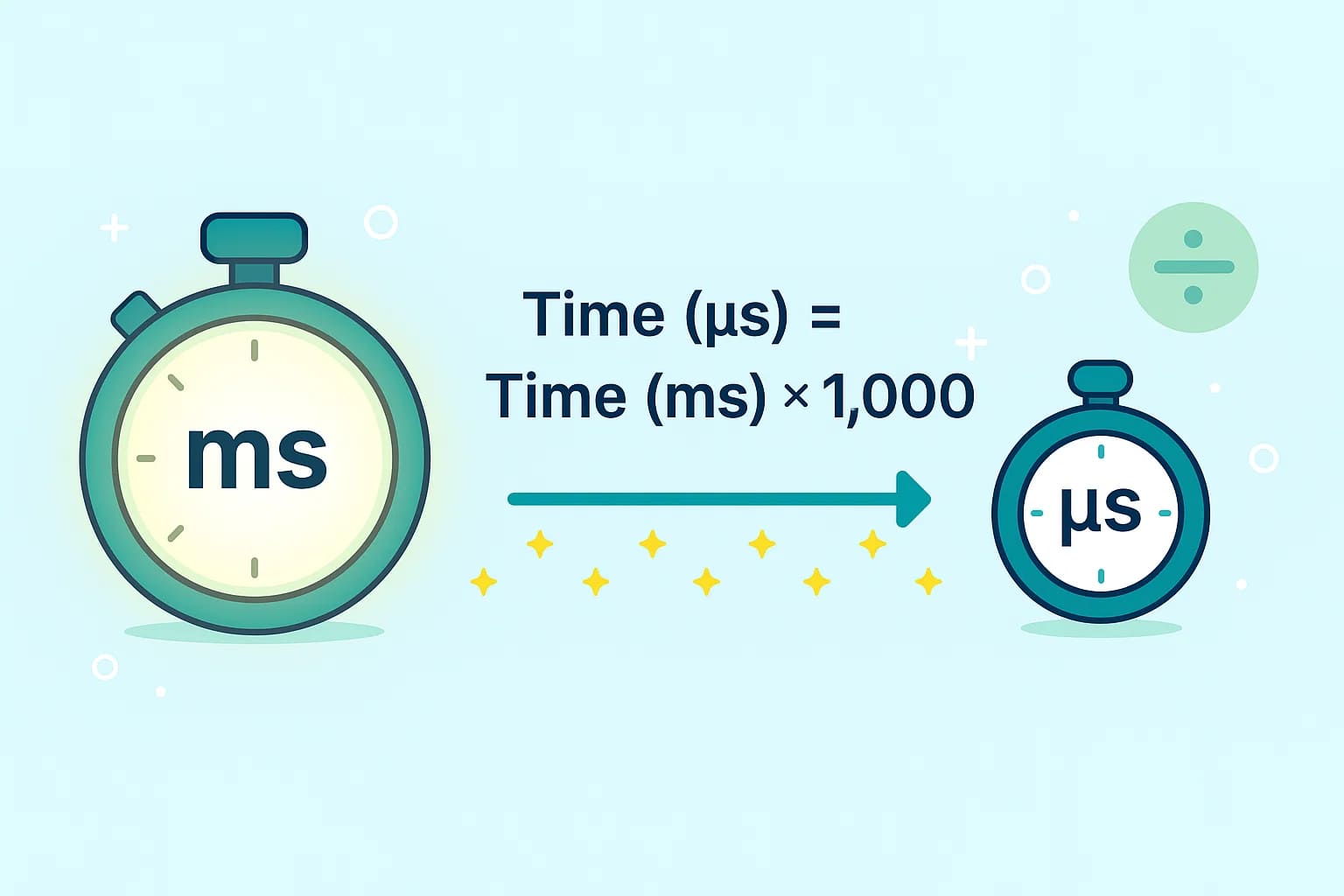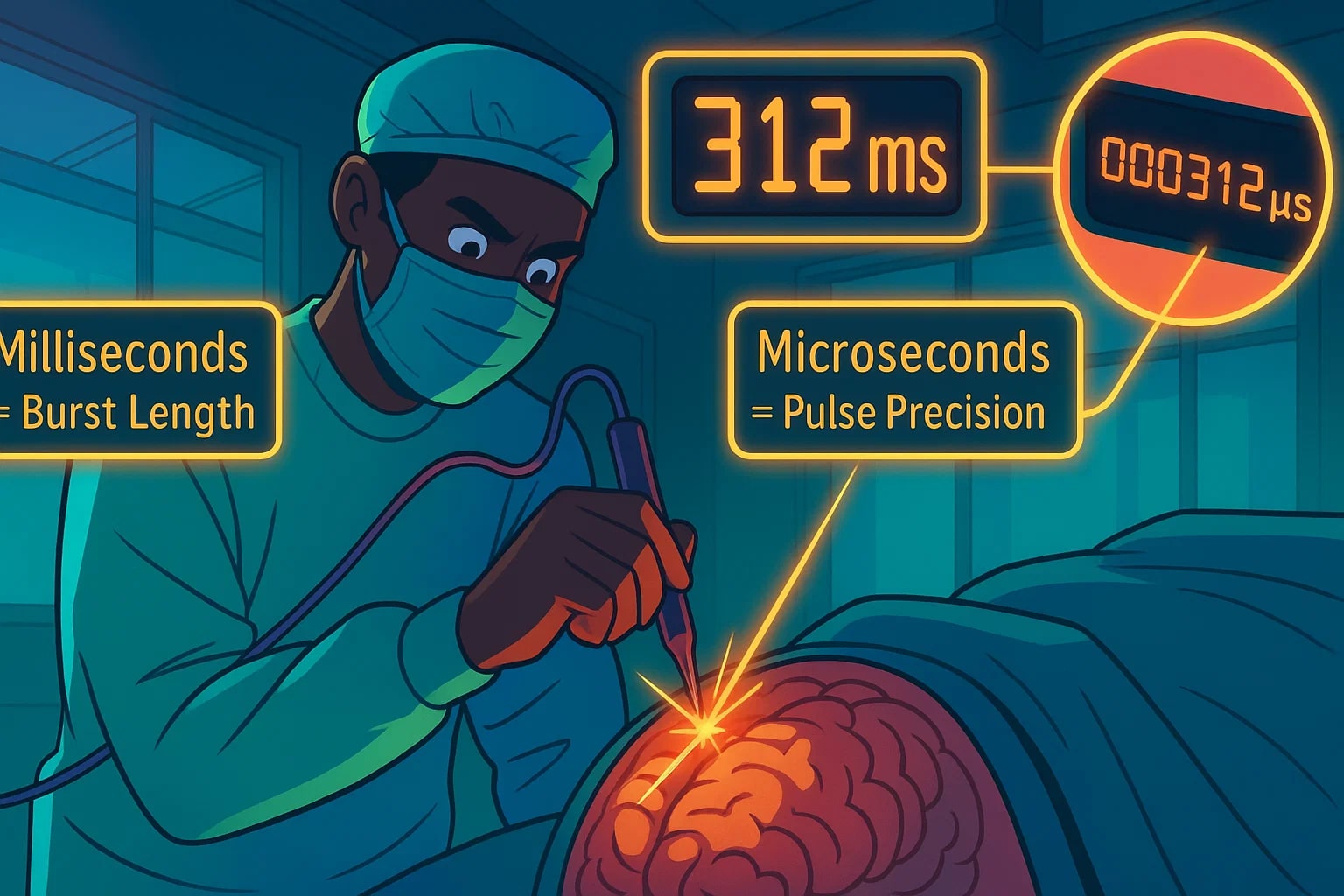millisecond to microsecond - How to convert ms to µs
Sometimes precision isn’t just important — it’s everything. In the digital and scientific worlds, the leap from a millisecond to a microsecond is massive. One is already fast; the other is a thousand times faster. If you’ve ever wondered how to convert millisecond to microsecond, you’re stepping into a realm where timing is measured in tiny slices that can decide success or failure.
What is a Millisecond (ms)?
A millisecond is 1⁄1,000 of a second. It’s common in measuring response times for electronics, sports timing, and network latency. For example, a smartphone camera might trigger its autofocus in under 50 ms.
What is a Microsecond (µs)?
A microsecond is 1⁄1,000,000 of a second. This scale is used in fields like microprocessor performance, ultrasound imaging, and fiber-optic data transfer. In just 1 µs, light travels about 300 meters — faster than a human blink by a factor of millions.
How to convert millisecond to microsecond
To convert ms to µs, multiply the millisecond value by 1,000.
Time (µs) = Time (ms) × 1 000
Example:
7 ms × 1,000 = 7,000 µs
This means that every 1 millisecond equals 1,000 microseconds.

Do you know?
-
The first laser was fired for just 1 ms, but its light pulse was measured in microseconds for research accuracy.
-
In high-speed photography, a 10 µs exposure can freeze the motion of a bullet in mid-air.
-
The world’s fastest mechanical relay can switch states in under 200 µs — faster than a single frame of a movie film.
The Surgery Where Microseconds Mattered
In a cutting-edge neurosurgery procedure, doctors used an advanced laser scalpel guided by a computer system. The device’s firing bursts were just a few milliseconds long, but within each burst, microsecond precision was needed to control heat and avoid damaging surrounding brain tissue.
Every pulse of the laser had to be perfectly timed: milliseconds set the rhythm, microseconds shaped the detail. A delay of even a few hundred microseconds could mean the difference between preserving healthy tissue and causing harm.

This operation wasn’t just a triumph of medical skill — it was proof that in the right hands, the smallest units of time can help save lives.
Every Beat Has Its Fraction
Milliseconds and microseconds are both quick, but they tell different stories. One can be the tempo of a machine’s operation, the other the fine brushstroke in a masterpiece of precision. Whether in technology, medicine, or science, every beat of time has its fraction — and understanding them makes you part of a world that runs faster than the eye can see.
You can instantly switch from ms to µs and beyond with our Time Converter or explore even more possibilities in the Conversion Tools — precise results, anytime you need them.

